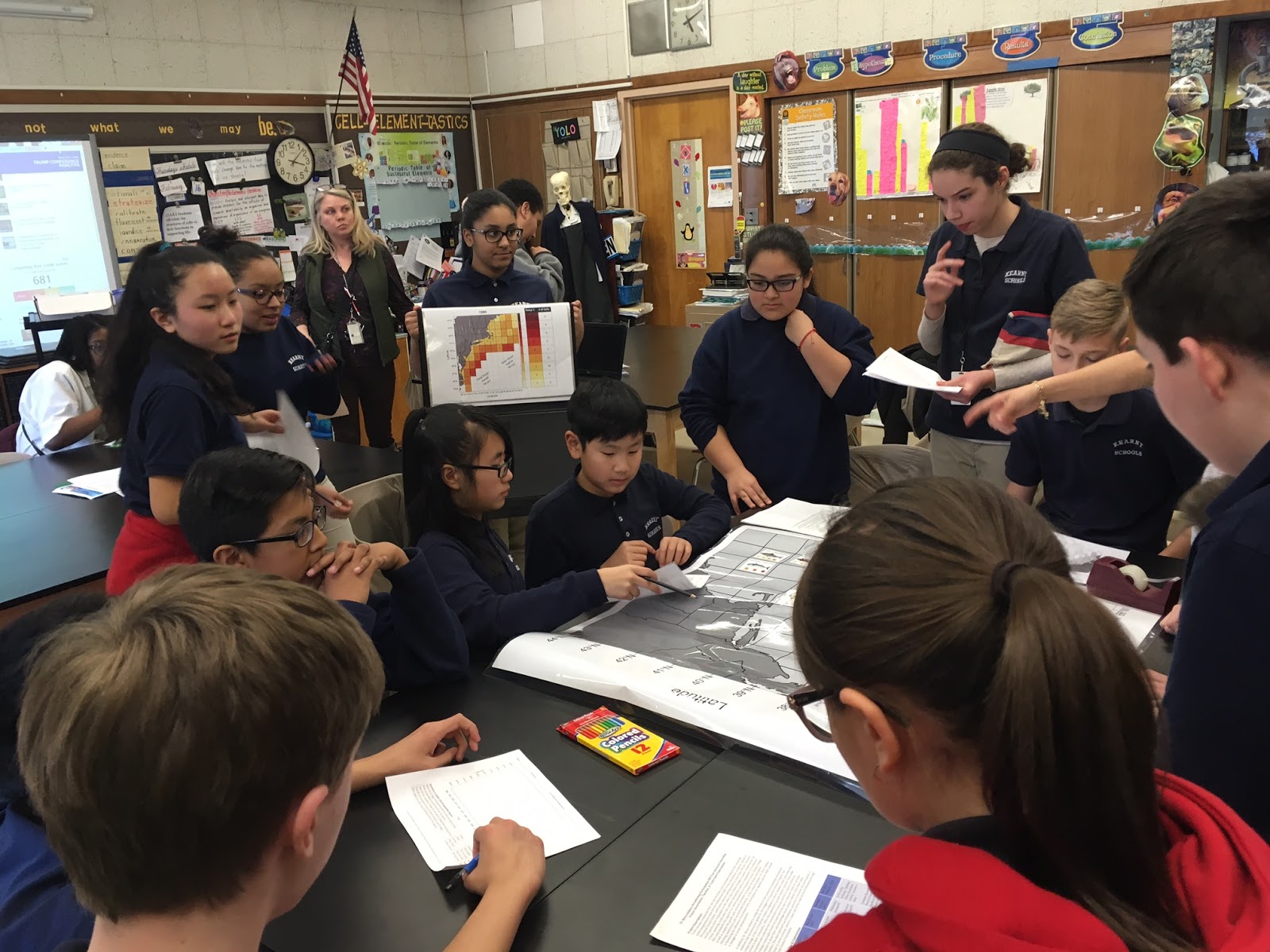Partners
Life teaches us that selecting good partners can make all the difference. The information below will help provide guidance on identifying appropriate and high quality partner(s) to accomplish your BI goals. Sometimes partners will help you develop and deliver the activity and sometimes your partners are representatives of your target audience who are the intended beneficiary of the BI activity. In addition, sometimes you will work with existing relationships in your university or college, and other times you might seek a new partner (local community organization, non-profit, etc.) to achieve a specific goal or objective.
Types of Partnerships
Dr. Gordon Kingsley presents several types of partnerships and explains the advantages and deficits one can experience by engaging in partnerships. Dr. Kingsley's presentation uses the lens of working with K-12 schools to frame the discussion, however the types of partnerships he discusses carry over to a multitude of applications.
Partnership Should have Purpose: Think about what you want to achieve with your partners. Here are three common types of partnerships with different goals and objectives.
- Strategic: Partners are mutually dependent on one another by reducing the time and energy lost in duplicative efforts for organizations, and/or their members. These types of partnerships can function with limited trust and interaction.
- Learning: These types of partnerships are with organizations that work well together, but may not be reliant on one another to achieve their goals. Learning partnerships help organizations gain new insights and knowledge from each other; co-produce new knowledge tools or opportunities; and inspire each other or innovate together.
- Transformational: These partnerships focus on bolstering each organization's possibility of realizing their vision. The goal is to do transformative work through advocacy, capacity building, and tools development. Transformational partnerships often energize social innovations and social movements.

In your proposal:
- Make sure you reflect the qualifications of the individual, team, or institution to conduct the proposed activities.
- Include relevant information on the results of prior support for previously funded NSF projects. If no prior NSF support has been received, include evidence that the proposed PI and project team have the experience to successfully execute the BI activity(s) to achieve the stated outcomes.
- If the PI has no prior BI experience, they should include a partner or team member with BI experience, either from within institution or with another institution, such as an informal science education institution or a professional science education/outreach consultancy. The proposal should include a biosketch and/or a letter of collaboration for the BI activity partner(s), as allowed by the proposal guidelines.
Reviewers of your proposal will be asking:
- Are the individual's or team members' credentials and roles adequately described?
- Is the individual or team appropriate/adequate for the scale of the project?
- Is evidence provided that the PI and/or the team have the necessary experience to implement the proposed BI activities and evaluate success?
Now that you have your partners identified, you can continue on to figure out the most appropriate Target Audience.